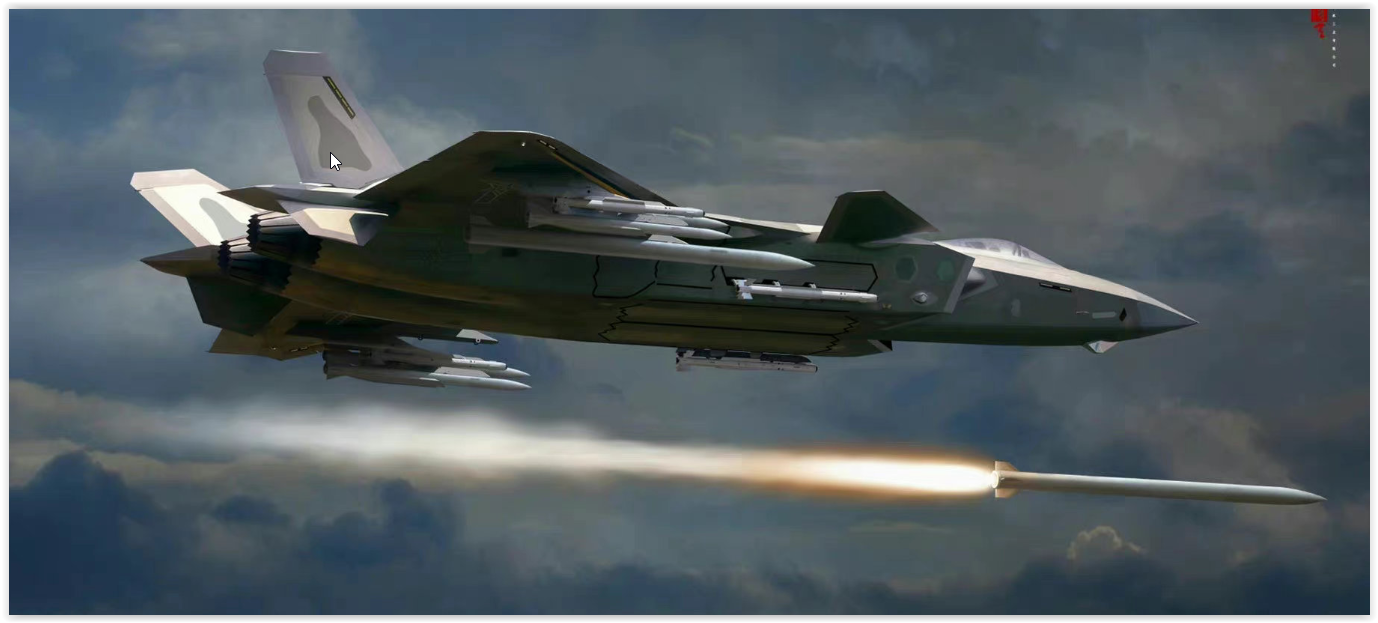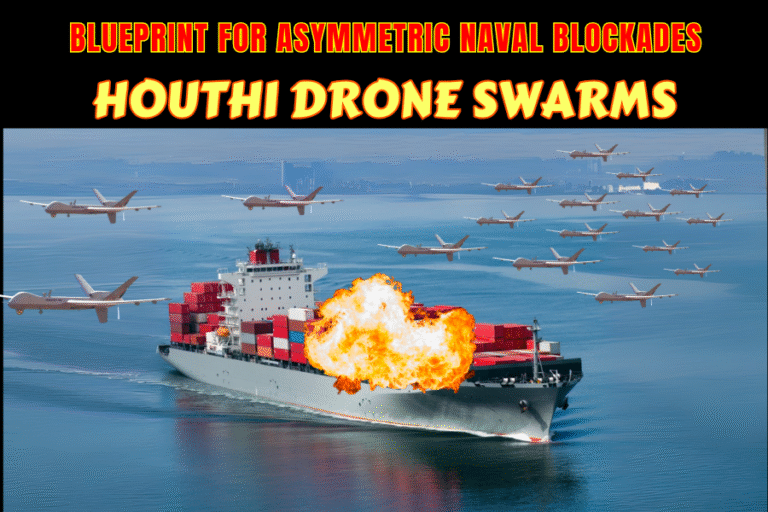(By Khalid Masood)
Introduction
May 2025 will be remembered as a turning point in South Asian aerial warfare—a moment when the Pakistan Air Force (PAF) not only stood its ground but redefined the regional airpower balance. During the high-stakes aerial engagements under India’s Operation Sindoor, PAF stunned military observers by shooting down six to seven Indian aircraft, including three Rafales, with the Chinese-made PL-15E long-range air-to-air missile.
Though Western sources confirm the loss of only one Rafale, Pakistani radar logs, intercept reports, and eyewitness accounts strongly point to a larger IAF defeat—one it hesitates to acknowledge. The success of the PL-15E marked not just a tactical win, but a strategic leap, exposing deep cracks in India’s expensive yet underperforming air force.
Now, as Pakistan eyes the acquisition of China’s next-generation PL-17 missile—capable of reaching targets up to 400 km—and prepares to induct the J-35A stealth fighter by 2027, South Asia’s skies are on the cusp of a new era.
May 7, 2025: The Day PAF Redefined Air Superiority
In a decisive aerial exchange, PAF’s J-10C and JF-17 Block III jets, equipped with PL-15E missiles, outmaneuvered and outgunned India’s elite Rafale, Su-30MKI, and MiG-29 fighters. The Pakistani claim of downing 6–7 aircraft was supported by intercept logs and post-strike intelligence, though India officially admitted the loss of only one Rafale over Bathinda, confirmed by PL-15E debris found near Hoshiarpur.
Significantly, one record-setting kill was made at 182 km—a testament to the PL-15E’s extended reach when used with Pakistan’s ZDK-03 AWACS and radar-silent tactics. The Meteor missile on Indian Rafales, despite its advertised 200 km range, proved inferior in actual combat conditions.
India, expectedly, tried to downplay the magnitude—claiming the S-400 provided cover and that all pilots were safe. But for military analysts, the message was clear: PAF now holds qualitative edge in Beyond Visual Range (BVR) combat.

The PL-17: A Missile That Changes the Rules
China’s PL-17—a missile engineered to destroy high-value targets like AWACS and refueling tankers—is rumored to be the next jewel in PAF’s arsenal.
Key Features:
- Length: ~6 meters | Speed: Mach 4–5
- Range: 400–500 km (domestic); ~250–300 km (export)
- Guidance: AESA radar, passive homing, IRST, Beidou satellite navigation
- Role: Deter and destroy force-multipliers before they engage
- Limitations: High cost, and carriage reduces aircraft stealth if mounted externally
While official confirmation remains pending, credible defense sources suggest that the PL-17 is being tailored for Pakistan’s J-10C fleet, and more significantly, its future J-35A stealth fighters.
Platform Integration: PAF’s Growing Arsenal
JF-17 Block III:
- A solid multirole fighter capable of carrying the PL-15E.
- Limited compatibility with PL-17 due to payload and structural constraints.
- Likely to continue as Pakistan’s frontline workhorse with PL-15E dominance in BVR engagements.
J-10C:
- Fully combat-proven with PL-15E, including a 182 km confirmed kill.
- With a 6,000 kg payload, it can carry one or two PL-17s externally.
- Best suited for deploying PL-17 in strike or AWACS-denial roles.
J-35A (Expected by 2027):
- Pakistan’s stealth trump card. With an internal weapons bay, it can carry up to 4 PL-17s without compromising its low radar signature (RCS 0.01–0.1 m²).
- Coupled with KLJ-7A AESA radar, Mach 2.0 speed, and networked combat capabilities, the J-35A is poised to make the IAF’s legacy platforms obsolete in contested airspace.
Indian Air Force: The Cracks Beneath the Surface
India’s much-hyped Rafale fleet, once touted as a “game-changer,” now stands humbled. The S-400 system, despite its fanfare, failed to detect or intercept PL-15E launches effectively. Meanwhile, the IAF’s indigenous AMCA stealth program remains stuck in delays, now not expected before 2034.
India’s numerical advantage—over 250 4+ generation fighters—now faces qualitative disruption. The PAF, through smart acquisitions and tactical innovation, has neutralized India’s edge in both reach and radar coverage.
Moreover, India’s overreliance on a fractured supply chain (French, Russian, Israeli, and American systems) hampers interoperability—while PAF’s tighter integration with Chinese platforms and C4I systems offers superior real-time coordination and combat synergy.
Strategic Implications and the Way Forward
PAF’s battlefield performance in May 2025 was more than a show of arms—it was a signal. A signal that Pakistan, despite economic constraints, possesses the vision and capability to match—and outmaneuver—a numerically superior adversary.
If the PL-17 enters operational service by 2027 on J-10Cs and J-35As, the IAF’s AWACS and refueling aircraft will have to operate hundreds of kilometers behind the front line—crippling India’s ability to sustain forward air operations.
With PL-21 hypersonic missiles and CM-400AKG derivatives also on the horizon, PAF’s reach could extend even further, compressing Indian reaction times and strategic depth.

Conclusion
The Pakistan Air Force, long underestimated, has emerged as a technologically sophisticated and strategically disciplined force. The confirmed downing of a Rafale and credible reports of six to seven Indian aircraft destroyed in a single encounter underscore a harsh truth for New Delhi: the skies over South Asia are no longer uncontested.
As PAF prepares to induct J-35A stealth fighters and potentially the PL-17 missile system, India will be forced to rethink its reliance on prestige acquisitions and instead address doctrinal and operational flaws.
The balance of airpower in South Asia has shifted. Whether India acknowledges it or not, Pakistan now controls the altitude—and the initiative.








One Comment